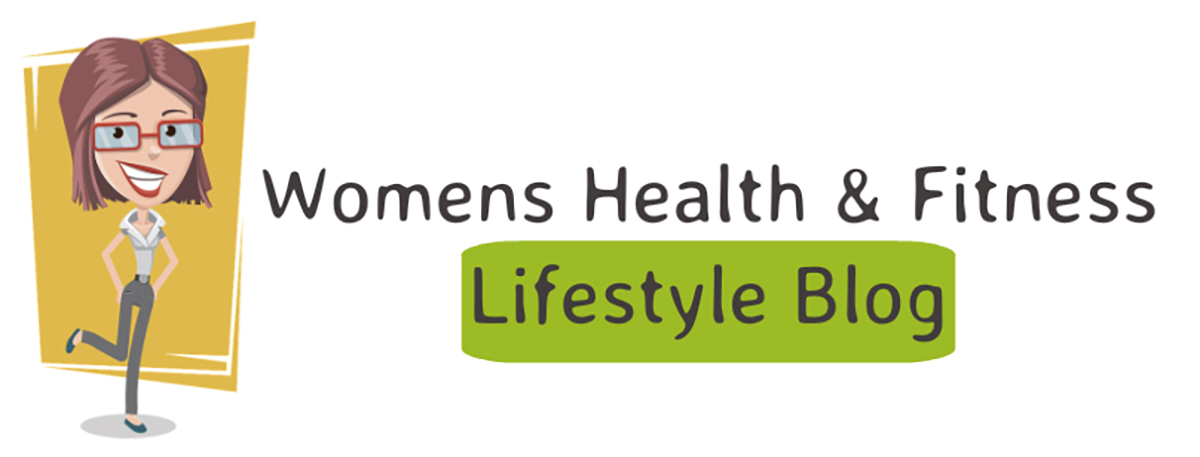Many women may not be aware that heart disease and stroke are major threats to their health. But heart disease is the most common cause of death among women in the United States, and stroke is the third most common cause of death. Heart disease and stroke also are major causes of long-term disability.
The most common form of heart disease is coronary artery disease
(CAD). In CAD, plaque builds up on the walls of the arteries that carry blood to the heart. Over time, this buildup causes the arteries to narrow and harden. This keeps the heart from getting all the blood it needs. Blood clots may develop.
If a clot mostly or completely blocks blood flow to the heart, it causes a heart attack. If a clot mostly or completely blocks blood flow to the brain, it causes a stroke. Stroke happens when the brain doesn’t get enough blood. Without enough blood, brain cells start to die.
The good news is that you can take steps to lower your chances of having a heart attack or stroke, or other heart problems. Here are some things you can do:
• Don’t smoke. Smoking hurts your heart and increases your risk of stroke. If you smoke, try to quit.
Get more exercise. Try to do at least 2 hours and 30 minutes of aerobic exercise each week, and muscle-strengthening exercises on at least 2 days each week.
• Eat heart-healthy foods. Focus on eating fruits and vegetables,
whole grains, fat-free or low-fat dairy products, fish, beans, peas, nuts, and lean meats.
• Eat less salt. Use spices, herbs, lemon, and lime instead of salt to flavor your food.
• If you drink alcohol, don’t have more than one drink each day. Too much alcohol raises your blood pressure and can raise your risk of stroke and other illnesses.
• Get a blood pressure test. If it is high, talk to your doctor about how to lower it.
• Get your cholesterol tested. If it is high, talk to your doctor or nurse about losing weight (if you’re overweight), getting more exercise, eating foods low in cholesterol and saturated fat, and possibly taking medicine to help.
• Get tested for diabetes. If you have diabetes, keep an eye on your blood glucose levels. High blood glucose levels can play a role in cardiovascular disease.
• Take your medicine. If your doctor has prescribed medicine to help you, take it exactly as you have been told to.
Understanding Heart Disease
Cardiovascular disease includes high blood pressure, stroke, heart failure, and coronary artery disease (CAD). CAD is caused by a narrowing of the arteries near the heart due to fatty buildups of plaque. It's likely to produce angina (chest pain), heart attack, or both.
Heart Attack and Stroke Warning Signs
Heart Attack
A heart attack happens when the heart does not get enough blood flow. During a heart attack, heart muscle can be permanently
damaged. Many people think a heart attack is sudden, like a “movie” heart attack, where someone clutches her chest and falls over. But the truth is that many heart attacks start slowly as mild pain or discomfort. These feelings may even come and go. For both women and men, the most common sign of a heart attack is pain or discomfort in the center of the chest. The pain or discomfort can be mild or strong.
The discomfort may be constant or it may come and go over several minutes. For women, though, chest pain may not be the first sign that your heart is in trouble. Before a heart attack, women have reported unusual tiredness, trouble sleeping, heartburn, a cough, heart flutters, or loss of appetite.
These are symptoms that could mean a heart attack is happening:
• Chest discomfort. Most heart attacks involve discomfort in the center of the chest that lasts more than a few minutes, or that goes away and comes back. It can feel like uncomfortable pressure, squeezing, fullness, or pain.
Discomfort in other areas of the upper body. Symptoms can include pain or discomfort in one or both arms, the back, neck, jaw, or stomach.
• Shortness of breath. This may occur with or without chest discomfort.
• Other signs. These may include breaking out in a cold sweat, nausea, or lightheadedness.
Stroke
A stroke happens when part of the brain doesn’t get the blood it needs. Brain cells can die during a stroke. There are two kinds of stroke:
• An ischemic (iss-KEE-mik) stroke happens when blood is blocked from getting to the brain.
• A hemorrhagic (heh-muh-RA-jik) stroke happens when a blood vessel in the brain bursts, and blood leaks into the brain.
A person might also have a “mini-stroke,” or a transient ischemic attack (TIA). This happens when, for a short time, less blood than normal gets to the brain. You may have some signs of a full stroke, or you may not notice any signs at all. A TIA can last a few minutes or up to 24 hours. Then you’re back to normal.
TIAs are important warning signs to reduce your risk because they are a sign that a stroke will likely occur in the future. TIAs can occur days, weeks, or even months before a major stroke. In about half the cases, the stroke happens within 1 year of the TIA.
The signs of a stroke come on all of a sudden and are different from the signs of a heart attack. Signs include sudden:
• Numbness or weakness of the face, arm, or leg, especially on one side of the body
• Confusion, trouble speaking or understanding
• Trouble seeing in one or both eyes
• Trouble walking, dizziness, loss of balance or coordination
• Severe headache with no known cause













4 Comments
Hi, Really great effort. Everyone must read this article. Thanks for sharing.
ReplyDeleteHey keep posting such good and meaningful articles.
ReplyDeleteI agree, you do write your articles with passion. I hope you get the time to post for me some time in the future.
ReplyDeleteBlogging is that the new poetry. I notice it terrific and wonderful in some ways.
ReplyDelete